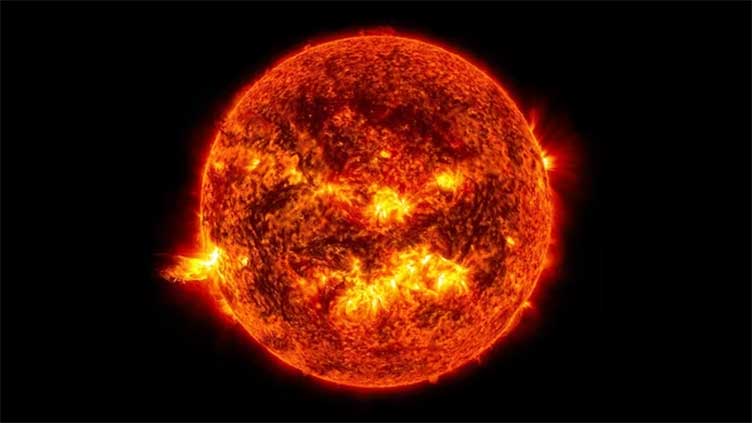Size matters! We were wrong about the Sun

Technology
The new findings are based on sound waves generated and trapped inside the Sun's hot plasma interior
(Web Desk) - In a groundbreaking discovery, a team of astronomers has found evidence suggesting that the Sun, the star at the centre of our Solar System, may be slightly smaller than previously thought.
The new findings, which are currently under peer review, are based on sound waves generated and trapped inside the Sun's hot plasma interior, known as 'pressure' or p-modes.
The radius of the Sun is believed to be a few hundredths of a percent slimmer than earlier analyses indicated.
While this might seem insignificant, it could significantly alter scientists' understanding of the celestial body that sustains life on our planet.
The preprint paper detailing these findings was published on arXiv, marking a potential turning point in our understanding of the Sun's structure and behavior.
The new findings, which are currently under peer review, are based on sound waves generated and trapped inside the Sun's hot plasma interior, known as 'pressure' or p-modes.
These resonating noises can provide clues about pressure changes occurring within the solar gut.
Astrophysicists Masao Takata from the University of Tokyo and Douglas Gough from Cambridge University have explained that p-mode oscillations offer a "dynamically more robust" view of the Sun's interior compared to other oscillating sound waves.
To comprehend this, one can imagine the Sun as a constantly ringing bell being hit by numerous tiny sand grains.
This seismic activity generates millions of oscillating sound waves or 'modes', which scientists can measure remotely.
Among these modes are p-waves, g-modes, and f-modes, each providing unique insights into the Sun's characteristics and behavior.
However, some astronomers argue that f-modes, traditionally used for measuring the Sun's seismic radius, are not entirely reliable as they do not extend to the edge of the Sun's photosphere.
Instead, they appear to bounce off what Takata and Gough refer to as a "phantom surface". P-modes, on the other hand, reach further due to their lower susceptibility to magnetic fields and turbulence in the Sun's upper convection zone.
Takata and Gough advocate for the use of p-modes when basing the Sun's radius on seismic measurements.
Their calculations using only p-mode frequencies suggest that the solar photospheric radius is minutely smaller than the standard solar model.
Astrophysicist Emily Brunsden told New Scientist that despite the small error, adjusting the traditional model to accommodate these findings would be a significant undertaking.
"To understand the reason for their difference is tricky because there's just a lot of things going on," she told New Scientist



